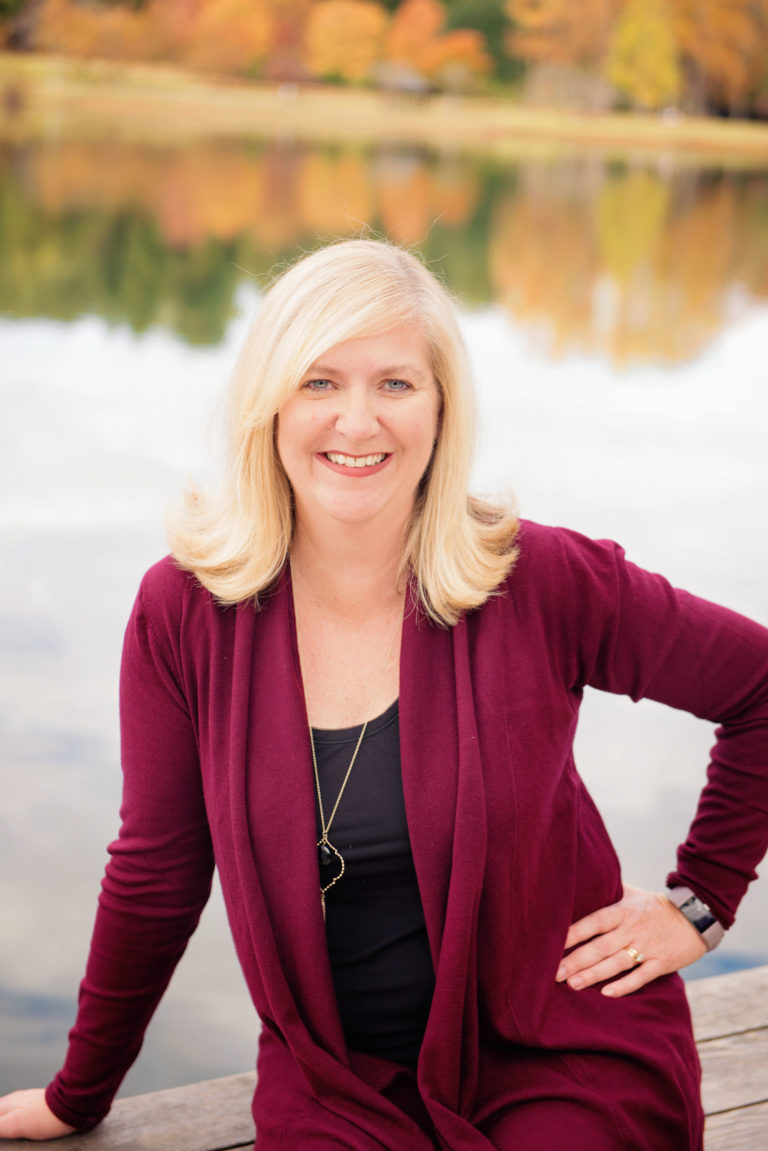In 2010, Michelle Obama launched the “Let’s Move!” campaign, saying, “The physical and emotional health of an entire generation and the economic health and security of our nation is at stake. This isn’t the kind of problem that can be solved overnight, but with everyone working together, it can be solved. So, let’s move.”
500 miles away, folks in Greenville County, South Carolina were already moving. Having heard the First Lady’s call to action on childhood obesity at the beginning of her tenure, stakeholders in the Palmetto State were coming together to see what could be done. They began with a landscape study conducted by Furman University. To no one’s surprise, South Carolina suffered from the same epidemic impacting the entire nation. In January 2011, one year after the launch of “Just Move!”, LiveWell Greenville was formed to address the issue of childhood obesity.
In October of 2011, Sally Wills came on board as operations director. In 2013, she was named executive director and has been at the helm of LiveWell Greenville ever since. Wills has overseen an evolution in scope, method, and focus, as LiveWell seeks to increase access to healthy eating and active living opportunities in Greenville County.
LiveWell’s efforts are organized into three coalitions. The Food Security Coalition has been in existence for the longest and is well-established. Newer to the scene are the Active Living and Health Equity Coalitions, but they are already bringing exciting developments to Greenville County.
For example, a strategic partnership with Hispanic Alliance, the Racial Equity and Economic Mobility Commission of Greeville (REEM GVL), Clemson University, Furman University, and LiveWell Greenville was awarded a three-year $1.5 million dollar grant by the U.S. Department of Health and Human Services’ Office of Minority Health. The joint effort, named the Equity in Public Health Initiative, aims to improve the health of people of color in Greenville County by addressing policies and practices that contribute to structural racism and perpetuate health inequities.
“All of the problems are complex,” Wills says, as she describes the human temptation toward a reductionist understanding of problem solving. Using the example of food deserts, Wills stresses that while access to grocery stores is hugely important, without sufficient funds those stores are not going to help those in need.
While LiveWell’s mandate has always been focused on policy and systemic change through education and advocacy, the mission has naturally expanded beyond childhood obesity. “Childhood obesity,” Wills says, “is a symptom of a much larger problem.” To make a positive impact on that much larger problem, LiveWell partners with over 200 organizations also seeking to make a difference.
LiveWell has also widened its scope; instead of focusing on one school at a time, it has moved to one school district at a time. It has similarly adjusted its methods with its work with churches and other community systems. This evolving scope has even brought the organization to some statewide and federal efforts. This ambitious agenda has been pursued despite LiveWell being a relatively small organization.
While the size of LiveWell waxes and wanes depending on the size of grants received, with 5 or 6 staffers on the small side and sometimes swelling up to as many as 13, Wills points out that the grants do not change where they are going, they only determine how quickly they’ll get there. Instead of chasing grants and shaping action plans to the money, LiveWell is careful to match the grant to their goals. Today, those goals are formed by the HEAL Board, a cohort launched in early 2023.
HEAL stands for Health Equity Action Leadership Board. The Board has 20 members, all of whom have lived experience. Multi-cultural and diverse, the individuals truly represent the community—not already established power structures. When people or organizations already in positions of influence want to be a part of the HEAL Board, Wills brings them on to one of LiveWell’s coalitions. There is a place for everyone who wants to be of service to the greater good, the key is finding the right spot for the individual at hand. Fortunately, LiveWell’s Board of Directors understood the wisdom and importance of letting the community shape strategy and make policy recommendations.
An example of a priority issue for members of the community, and therefore LiveWell, is transportation. It is a challenge Wills describes as “one of the biggest obstacles.” Greenville County is 80 square miles, and it can be extremely difficult for individuals to get to healthy food, even if they qualify for programs like FoodShare.
With this factor in mind, LiveWell partners with Greenville Connects, a nonprofit doing great work in the transportation sphere. As committed collaborators, LiveWell strives to provide support for their partners. Wills mentions showing up in the trademark green shirts of Greenville Connects for county council meetings, in addition to working on grants and general problem solving together. On the issue of distributing healthy food, these solutions have taken the form of stipends for individuals to ride the bus, Project DASH providing low-cost delivery through DoorDash, and a partnership with Meals on Wheels.
When Wills reflects upon the personal impact of her work at LiveWell, she describes how she has been “pulled out of her bubble” and often reflects on how difficult it can be to navigate the world, both figuratively and literally. As someone who lives in the suburbs, she is only a short distance from a shopping center, but the road to get there is heavy with traffic. There is no shoulder to the road, let alone a sidewalk. For someone without a car, the short trip to the store is fraught with peril. Pedestrian death rates in South Carolina are 60% higher than the national average.
“My evolution at LiveWell has resulted in my commitment to equity,” Wills says. “Not every person has access to opportunities.” In 2022, LiveWell, in conjunction with its partners, implemented 120 policy, systems, and environmental changes, impacting just under 40,000 people in Greenville. While much work remains to be done, LiveWell’s commitment to create opportunities in building bridges to healthy eating and active living for those in Greenville County.

